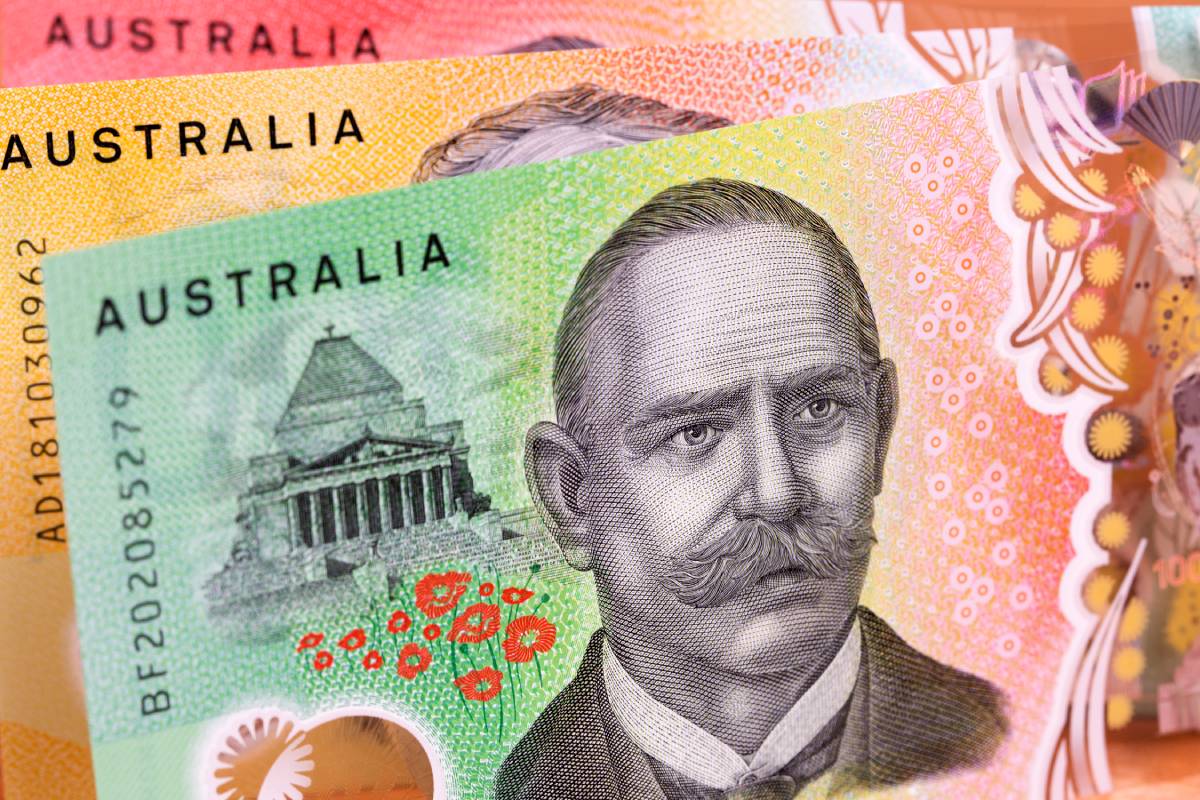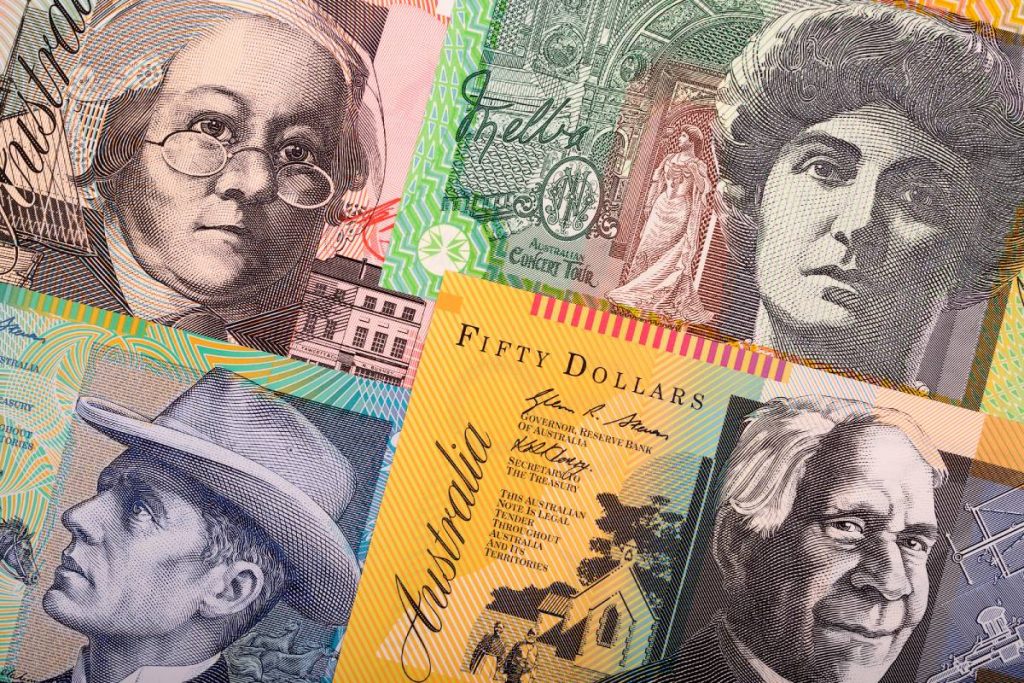
Why doesn’t Australia use pound sterling? What are the benefits of changing from the pound sterling to the Australian dollar? Why Australia currency called Australian dollar instead of Australian pound
Australia’s transition from the British pound to the Australian dollar marks a pivotal moment in the nation’s economic history.
This shift, initiated in 1966, not only symbolized the country’s growing independence but also brought about a range of tangible benefits. In this exploration, we will delve into the reasons behind this currency change, the advantages it has bestowed upon Australia, and the lingering question of whether British pounds can still find a place in the Land Down Under.
Why doesn’t Australia use pound sterling?
Australia does not use the pound sterling as its official currency due to historical and economic reasons. The story of Australia’s currency is a fascinating journey that involves its colonial past, economic evolution, and the eventual adoption of the Australian dollar.
In the early days of European settlement, Australia was under British control, and the pound sterling was the official currency. However, as the Australian colonies developed, each had its own currency system, leading to a somewhat chaotic financial landscape. Trade and commerce were becoming increasingly difficult to manage with the coexistence of various currencies.

During the 19th century, a push for a unified currency gained momentum. The desire for a more stable and efficient financial system led to the introduction of the Australian pound in 1910. The Australian pound was pegged to the British pound but was a distinct currency, marking a step towards economic independence.
The decision to break away from the pound sterling was influenced by the growing need for Australia to have control over its monetary policy and economic destiny. World War II served as a turning point, reinforcing the idea that Australia needed a currency system that could be managed independently of external factors.
In 1966, Australia took a significant leap by decimalizing its currency. The Australian dollar was introduced, and the pound system was officially abandoned. Decimalization simplified everyday transactions, making them more user-friendly for the public and businesses. The shift to the Australian dollar was also motivated by economic considerations, as it allowed greater flexibility in managing inflation and interest rates.
The move to the Australian dollar provided a sense of national identity and pride. The new currency was a symbol of Australia’s growing maturity as an independent nation. Over the years, the Australian dollar has become a stable and widely accepted currency, not only domestically but also in international trade.
Adopting the Australian dollar has provided the country with greater control over its monetary policies, fostering economic stability and reflecting its evolution as an independent nation.
What are the benefits of changing from the pound sterling to the Australian dollar?
The shift from the pound sterling to the Australian dollar brought about several benefits for Australia, contributing to economic stability, trade facilitation, and a sense of national identity.

Here are some key advantages of adopting the Australian dollar:
- Independence and Control: Transitioning to the Australian dollar allowed Australia to have greater control over its monetary policy. With its own currency, the country could tailor economic strategies to address specific domestic needs, fostering financial independence and flexibility.
- Simplified Transactions: The decimalization of the currency during the shift to the Australian dollar in 1966 made everyday transactions more straightforward. The introduction of a decimal currency system streamlined calculations and reduced the complexity associated with multiple units, making it easier for businesses and the public to engage in commerce.
- Economic Stability: Having its own currency provided Australia with the tools to manage inflation, interest rates, and other economic variables independently. This autonomy has played a crucial role in maintaining economic stability, especially during global economic challenges and fluctuations.
- International Trade Facilitation: The adoption of the Australian dollar has facilitated international trade by providing a stable and widely accepted currency. This has contributed to the growth of Australia’s export and import activities, making transactions more efficient and reducing exchange rate risks for businesses engaged in global trade.
- National Identity: The introduction of the Australian dollar symbolized the country’s growing maturity and independence. It became a powerful symbol of national identity, reinforcing the notion that Australia was charting its own course in the world. The currency has become an integral part of the country’s cultural and economic identity.
- Investor Confidence: The stability of the Australian dollar has attracted investor confidence. The currency is widely recognized as a reliable and secure medium for investment, both domestically and internationally. This has helped attract foreign investments and contributed to the overall growth of the Australian economy.
- Tourism and Foreign Exchange: The Australian dollar’s acceptance on the international stage has benefited the tourism industry. Tourists find it convenient to use the local currency, and this has contributed to the growth of the tourism sector. Additionally, a widely accepted and stable currency simplifies foreign exchange transactions for both visitors and businesses.
- Economic Adaptability: The ability to manage its own currency has allowed Australia to adapt to changing economic conditions more effectively. The country can implement monetary policies that suit its unique economic landscape, responding to challenges and opportunities in a way that may not have been possible under a different currency regime.
To sum it up, the transition from the pound sterling to the Australian dollar has provided Australia with a range of benefits, including economic independence, stability, simplified transactions, and enhanced international trade. The adoption of the Australian dollar has become a cornerstone of the country’s economic success and a symbol of its identity as a sovereign nation.

Why Australian currency called the Australian dollar instead of the Australian pound
Australia chose to name its currency the “Australian dollar” instead of continuing with the term “Australian pound” due to a series of economic and historical reasons. The decision to adopt the Australian dollar was a deliberate step towards modernization and reflected the country’s changing economic landscape.
- Decimalization and Modernization: In 1966, Australia underwent a major currency reform known as decimalization. This involved changing the currency system from pounds, shillings, and pence to a decimal system based on dollars and cents. The move to the Australian dollar symbolized a break from the traditional British-based currency structure, marking a modern and more straightforward approach to currency denominations.
- Simplification of Transactions: The adoption of the Australian dollar brought about a significant simplification of everyday transactions. Decimalization made calculations and financial interactions more accessible to the public, businesses, and the government. The move away from the pound to the dollar aligned with global trends at the time and contributed to the ease of trade and commerce.
- Global Economic Trends: During the mid-20th century, many countries were transitioning from pound-based currencies to dollars, influenced in part by the economic prominence of the United States. The use of the term “dollar” carried international recognition and was associated with stability and economic strength, factors that influenced Australia’s decision to adopt the Australian dollar.
- Independence and Identity: The shift from the pound to the dollar also symbolized Australia’s quest for economic independence and a distinct national identity. As the country developed and matured, the adoption of its own currency reflected a desire to forge its path on the global stage, free from the historical ties of the British pound.
- Economic Flexibility: The term “dollar” is often associated with economic flexibility and adaptability. By adopting the Australian dollar, the country positioned itself to have greater control over its monetary policy, enabling it to respond more effectively to economic challenges and opportunities.
The decision to name the currency the “Australian dollar” was a strategic move aligned with global economic trends and the need for modernization. It not only simplified transactions and decimalized the currency but also represented a symbolic shift towards economic independence and a distinctive national identity. The term “dollar” conveyed a sense of contemporary financial practices and flexibility that complemented Australia’s evolving role in the international economic arena.
In conclusion
Australia’s decision to shift from the pound sterling to the Australian dollar was a strategic move that has reaped numerous benefits. This transition not only empowered the nation with economic independence but also contributed to stability, international trade, and a distinct national identity.
While the Australian dollar reigns supreme in everyday transactions, there’s the continuation of accepting British pounds in certain contexts to reflect the country’s global connectivity. The coexistence of these currencies underlines the dynamic nature of Australia’s financial landscape, seamlessly blending its historical ties with the imperatives of a modern, globalized economy.





